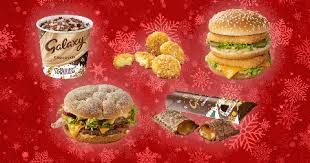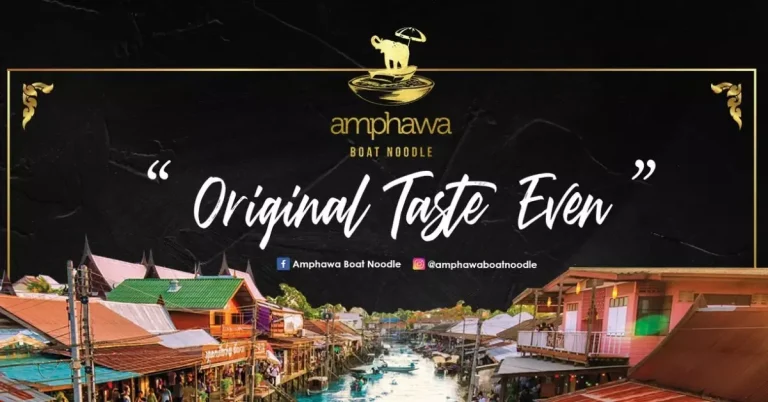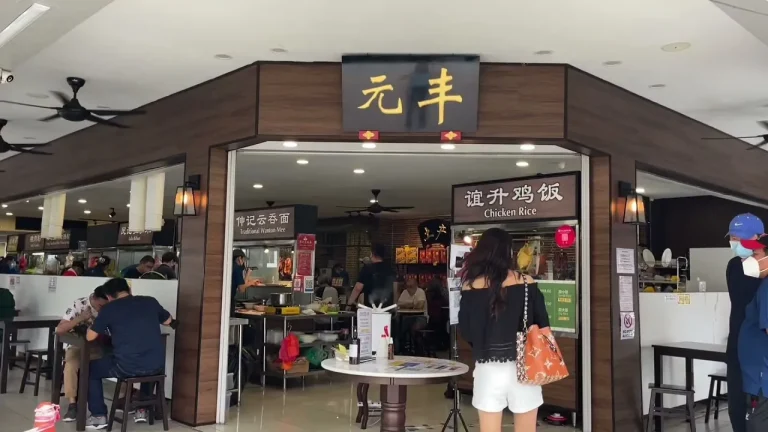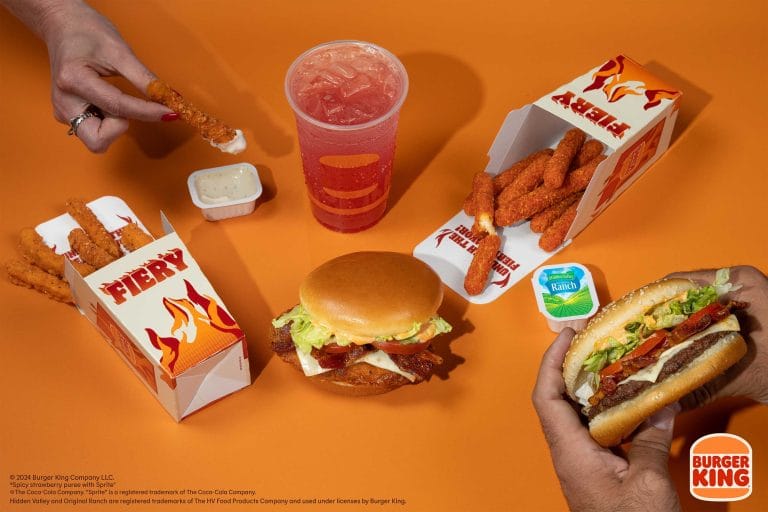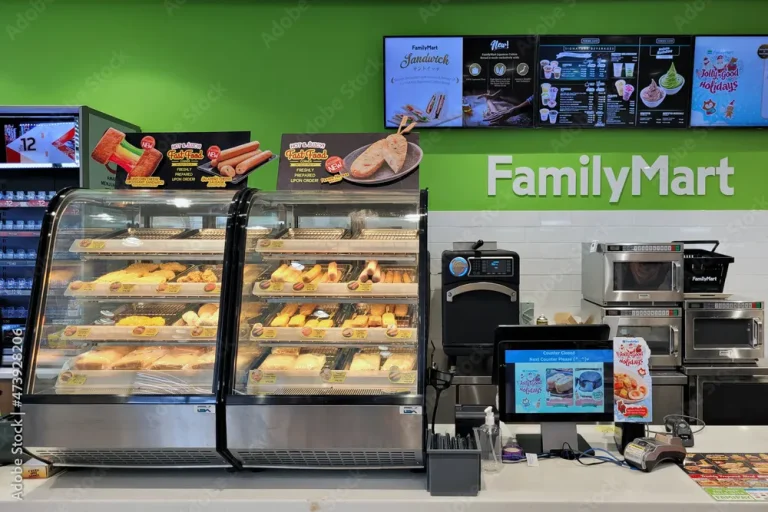The McDonald’s Happy Meal is more than just a meal; it’s a delightful experience that has captured the hearts of children and families since its launch in 1979. Combining tasty food with fun, the Happy Meal transforms an ordinary dining outing into an adventure filled with excitement and joy. Each meal is thoughtfully designed to cater to young appetites, featuring a variety of entrées like the classic hamburger or chicken nuggets, paired with playful sides and a drink.
However, the true magic lies in the collectible toy that comes with each Happy Meal, often linked to beloved movies and characters, igniting children’s imaginations. With its engaging promotions and ongoing adaptations to include healthier options, the McDonald’s Happy Meal remains a beloved staple in fast food, making every visit a special occasion for families.
Table of Contents
The Origins of the McDonald’s Happy Meal
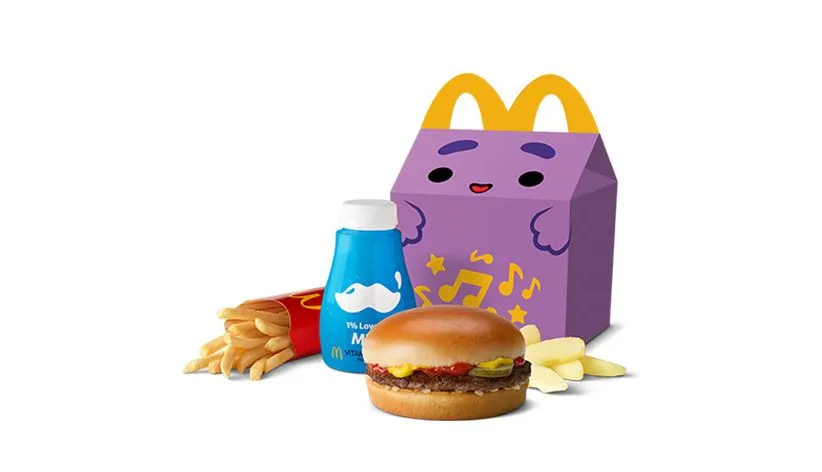
Bob Bernstein, a marketing executive at McDonald’s, sparked the McDonald’s Happy Meal idea. In 1977, he observed that kids needed something engaging while dining out. Bernstein envisioned a meal that combined food with fun elements, thus capturing both children’s and parents’ interests. The result was the first McDonald’s Happy Meal launched in 1979.
It included a hamburger, fries, a drink, and a toy. This innovative combination turned out to be an instant hit. The concept immediately resonated with families, transforming dining experiences. It wasn’t just about the food but about making each visit unique. The inclusion of a toy made it even more appealing. This early success paved the way for future enhancements and solidified the Happy Meal’s status in the fast-food industry.
The Components of a Happy Meal
| Component | Description |
| Main Entrée | A choice of a primary item that serves as the centerpiece of the meal. |
| Hamburger: A classic burger with a beef patty, pickles, ketchup, and mustard. | |
| Cheeseburger: Similar to the hamburger but includes a slice of cheese. | |
| Chicken McNuggets: Bite-sized pieces of chicken, usually available in 4 or 6 pieces. | |
| McChicken: A breaded chicken sandwich with lettuce and mayonnaise. | |
| Fish Sandwich: A fish fillet served with tartar sauce, available in some locations. | |
| Limited-Time Offerings: Seasonal or promotional items that may change regularly. | |
| Sides | Accompaniments that enhance the meal. |
| French Fries: Small size of McDonald’s signature fries, crispy and golden. | |
| Apple Slices: A healthier option providing fresh fruit, often included as an alternative to fries. | |
| Side Salads: Occasionally available in certain markets, offering a mix of greens. | |
| Beverage | Drink options that cater to different preferences. |
| Soft Drinks: Choices include popular sodas like Coca-Cola, Sprite, and Fanta. | |
| Milk: Low-fat milk option available for a healthier choice. | |
| Juice: Options such as apple or orange juice, often included as part of the healthier meal choices. | |
| Water: Available upon request, promoting hydration. | |
| Toy | A small toy included with the meal, often themed around popular movies, shows, or franchises. |
| Collectible Toys: Items that encourage kids to collect, trade, and play, often tied to current media trends. | |
| Promotional Toys: Limited-time toys related to movie releases, events, or special occasions. | |
| Packaging | Fun and engaging packaging that appeals to children. |
| Happy Meal Box: A brightly colored box designed with fun graphics, often featuring characters or themes related to the included toy. | |
| Nutritional Information | Information available upon request, detailing calories, fat content, and other dietary facts for parents to make informed choices. |
Early Success and Initial Popularity
The McDonald’s Happy Meal quickly gained traction after its debut. Parents appreciated the convenience it offered. Children, on the other hand, were thrilled by the toys. The unique combination of food and entertainment was a game-changer. As word spread, families flocked to McDonald’s for this novel experience.
The Happy Meal became a popular request among kids, often the highlight of their dining out. Transitioning from novelty to staple, it set the standard in fast food. By the early 1980s, themed toys tied to movies and shows enhanced its allure. This clever strategy fueled the growing popularity of McDonald’s Happy Meal. Promotions featuring beloved characters kept kids excited. These early successes solidified its place in the fast-food industry, turning dining into an adventure.
Evolution of the Happy Meal Toys
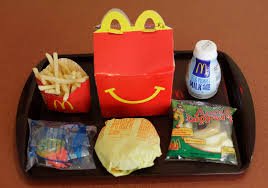
The evolution of Happy Meal toys has been fascinating. Initially, McDonald’s Happy Meal toys were simple, often generic items. However, the 1980s marked a turning point. Collaborations with popular franchises like Disney began, bringing beloved characters to life. Kids eagerly awaited the latest releases. In the 1990s, the toys became more sophisticated.
They included action figures, miniature cars, and even small puzzles. Technology also made its way into the toys. By the 2000s, some toys featured lights and sounds, adding an extra layer of excitement. Limited-edition toys created a frenzy, driving collectors to visit McDonald’s repeatedly. Each decade has brought innovations, reflecting trends in pop culture. Today, Happy Meal toys remain a significant draw, continually evolving to captivate new generations.
Collaborations with Major Franchises
McDonald’s Happy Meal has leveraged strategic collaborations with significant franchises to boost its appeal. These partnerships often feature blockbuster films and popular TV shows, blending entertainment with dining. Kids eagerly anticipate toys from Disney, Pixar, and other beloved franchises. This strategy keeps the McDonald’s Happy Meal fresh and exciting, driving repeat visits. These collaborations also serve as practical marketing tools.
The tie-ins generate buzz around new movie releases, benefiting both the film studios and McDonald’s. Introducing limited-edition toys creates urgency, encouraging families to visit more frequently. These partnerships have expanded globally, ensuring a consistent yet localized experience. Integrating pop culture elements keeps the Happy Meal relevant, continuously attracting new generations of young fans.
Marketing Strategies and Their Impact
- Collaborations with Popular Brands:
By partnering with major movie studios and franchises like Disney and Pixar, McDonald’s Happy Meal toys have remained a must-have for children, creating a buzz that keeps families returning.
- Seasonal and Themed Promotions:
Halloween-themed Happy Meals or summer specials featuring exclusive toys and packaging ensure the product stays fresh and exciting, driving repeat visits and sustained interest.
- Digital and Social Media Engagement:
McDonald’s leverages platforms like Instagram and Facebook to engage with families through interactive campaigns, contests, and sneak peeks of upcoming toys, enhancing customer loyalty and brand engagement.
- Health-Conscious Options:
Addressing growing concerns over childhood nutrition, McDonald’s introduced healthier sides like apple slices and low-fat milk, appealing to health-conscious parents and improving the meal’s overall appeal.
- Interactive and Engaging Packaging:
Themed packaging, often featuring games or puzzles, not only adds to the excitement of the meal but also reinforces the brand’s commitment to fun and creativity, making the dining experience more memorable for children.
The Happy Meal Toy Phenomenon
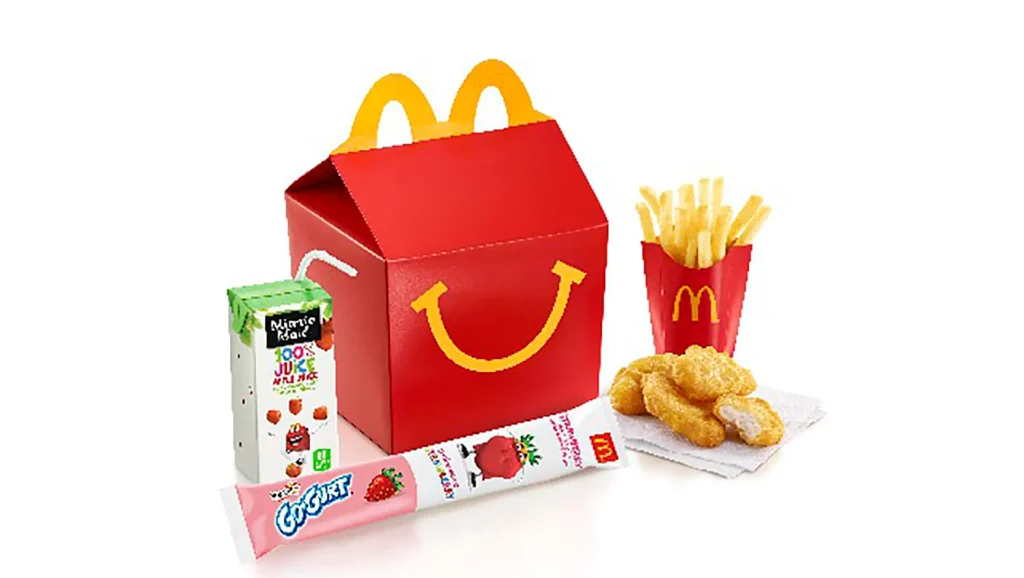
The McDonald’s Happy Meal toy phenomenon is crucial to its enduring popularity. Kids eagerly anticipate each new toy release, making the meal an adventure. These toys often tie into blockbuster movies and beloved franchises, sparking immediate excitement. Limited-edition toys turn into collectibles, driving repeat visits from families and collectors.
The appeal isn’t just for kids; adults also feel nostalgic. Technological advancements have made the toys more interactive and engaging. Some light up, make sounds, or transform, adding more fun. The toys are not just add-ons but integral to the Happy Meal experience. Seasonal toys, like Halloween-themed items, keep the excitement alive year-round. This clever strategy ensures the McDonald’s Happy Meal remains a thrilling experience for all ages.
Criticism and Controversies
- Nutrition Concerns:
Critics argue that the standard offerings of the McDonald’s Happy Meal contribute to unhealthy eating habits among children. High levels of fat, sugar, and sodium in the meal components have been a point of contention, leading to calls for more nutritious options.
- Marketing to Children:
The aggressive marketing tactics employed by McDonald’s have been scrutinized for targeting young, impressionable audiences. Parents and advocacy groups express concerns about how these strategies influence children’s food preferences and consumption habits.
- Environmental Impact:
Using plastic toys in Happy Meals has sparked debates about ecological sustainability. With increasing awareness of plastic pollution, McDonald’s faces pressure to adopt more eco-friendly practices in toy production and packaging.
- Social Responsibility:
Some argue that McDonald’s is responsible for addressing broader social issues, such as childhood obesity. Critics suggest that the company should be more active in promoting healthy lifestyles rather than merely responding to public pressure.
- Cultural Sensitivity:
Global variations of the Happy Meal sometimes miss the mark regarding cultural sensitivity. Critics point out that some localized versions may need to fully align with local dietary habits or artistic values, leading to mixed market receptions.
Impact on Children and Families
- Creating Family Traditions:
The McDonald’s Happy Meal often becomes a cherished family tradition, with parents reminiscing about their Happy Meal experiences while sharing new ones with their children. These moments create lasting memories and a sense of continuity across generations.
- Encouraging Positive Behavior:
Parents frequently use the promise of a Happy Meal as a reward for good behavior or achievements. This positive reinforcement can motivate children to meet their goals and exhibit desired behaviors, making the Happy Meal a tool for parental encouragement.
- Social Interaction and Bonding:
Happy Meals are often shared during playdates, birthday parties, or family outings. This communal dining experience encourages social interaction among children and strengthens bonds within the family unit, fostering a sense of togetherness.
- Promoting Nutritional Discussions:
With healthier options like apple slices and low-fat milk, the Happy Meal has become a conversation starter for parents and children about making balanced food choices. This shift helps instill lifelong habits of healthy eating.
- Enhancing Dining Out Experiences:
The excitement surrounding the collectible toy and themed packaging adds an element of fun to dining out. This transforms a routine meal into a special event, enhancing the overall dining experience for children and their parents.
Global Variations of the Happy Meal
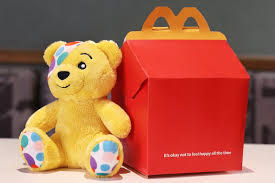
The McDonald’s Happy Meal adapts to local tastes worldwide. In Japan, rice dishes and unique flavors are typical. European countries offer healthier items like salads and fruit. In Latin America, regional dishes reflect local culinary traditions. Happy Meals in India often feature vegetarian options. Middle Eastern countries offer falafel or other local favorites.
Australian Happy Meals can include fresh fruit options. Each region customizes the menu to suit local palates. These variations keep the Happy Meal globally relevant. Transitioning between countries, the essence remains the same. The collectible toys also reflect regional preferences. Localized packaging designs enhance the experience. By tailoring offerings, McDonald’s maintains universal appeal. This strategy ensures the Happy Meal’s success worldwide. The result is a meal that feels both familiar and unique.
Nutritional Improvements and Health Initiatives
In response to growing concerns about childhood nutrition, McDonald’s has taken significant steps to enhance the nutritional value of the Happy Meal. Healthier sides like apple slices have replaced traditional French fries as a standard option. Transitioning from sugary sodas, beverages now include low-fat milk and apple juice. These changes aim to offer balanced choices and promote healthier eating habits.
McDonald’s has also reduced added sugars, sodium, and calories in main entrées. They’ve introduced grilled chicken options and smaller portions, ensuring the meal is appealing yet nutritious. These nutritional improvements align with global health initiatives, reflecting a commitment to children’s well-being. Through these efforts, McDonald’s strives to meet parental expectations, addressing health concerns while maintaining the Happy Meal’s delightful experience for kids.
The Happy Meal’s Role in McDonald’s Global Strategy
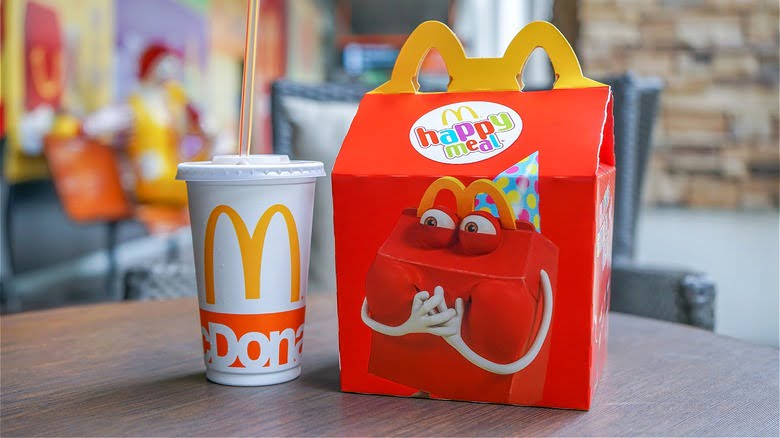
The McDonald’s Happy Meal is crucial to the brand’s global strategy. It drives foot traffic and fosters brand loyalty from a young age. McDonald’s caters to local tastes by offering region-specific variations, enhancing its international appeal. Collaborations with significant franchises create a universal allure, while limited-edition toys generate global excitement. Seasonal promotions keep the Happy Meal fresh and engaging, ensuring repeat visits.
Additionally, introducing healthier options addresses global concerns about nutrition, appealing to health-conscious parents. Through targeted marketing and strategic partnerships, McDonald’s leverages the Happy Meal to strengthen its presence worldwide. This multifaceted approach makes the Happy Meal integral to McDonald’s enduring success across diverse markets.
Frequently Asked Questions
What is included in a McDonald’s Happy Meal?
A Happy Meal typically consists of a main entrée, a side, a beverage, and a collectible toy. The entrée often includes a hamburger, cheeseburger, or Chicken McNuggets, with sides like French fries or apple slices.
When was the McDonald’s Happy Meal first introduced?
The McDonald’s Happy Meal was launched in 1979. It was designed to provide a fun, engaging dining experience for children and their parents.
Are there healthier options available at Happy Meal?
Yes, McDonald’s has introduced healthier options such as apple slices and low-fat milk in the Happy Meal. These changes aim to address concerns about childhood nutrition and offer balanced choices.
How often do the Happy Meal toys change?
The toys in the Happy Meal change frequently, often in line with new movie releases or seasonal promotions. This keeps the experience exciting for children and encourages repeat visits.
Conclusion
The McDonald’s Happy Meal has transcended its origins to become a cultural icon. Its blend of delightful food and engaging toys offers a unique dining experience for children. Over the years, the Happy Meal has continuously adapted, incorporating healthier options and embracing global tastes. Seasonal promotions and collaborations with significant franchises keep it exciting, drawing families back repeatedly.
The collectible toys spark joy and nostalgia, making each Happy Meal a memorable adventure. McDonald’s is committed to evolving and addressing nutritional concerns and environmental issues. Ultimately, the McDonald’s Happy Meal remains a beloved staple in the fast-food industry, creating lasting memories for children and their families worldwide.
